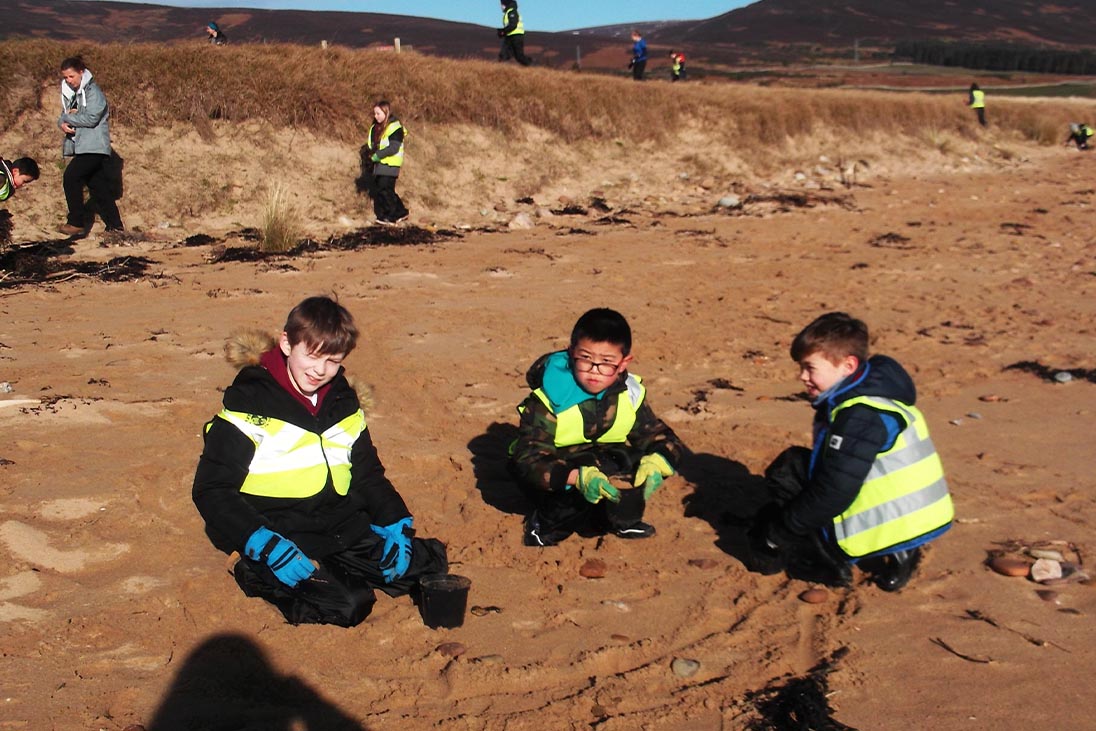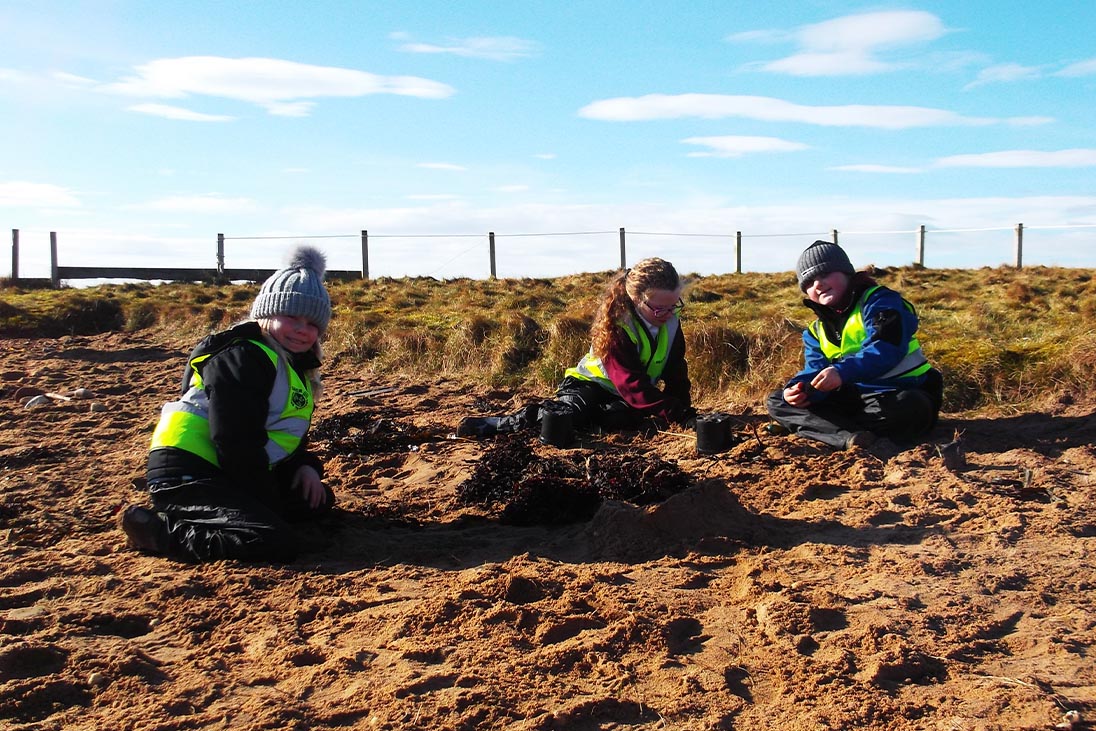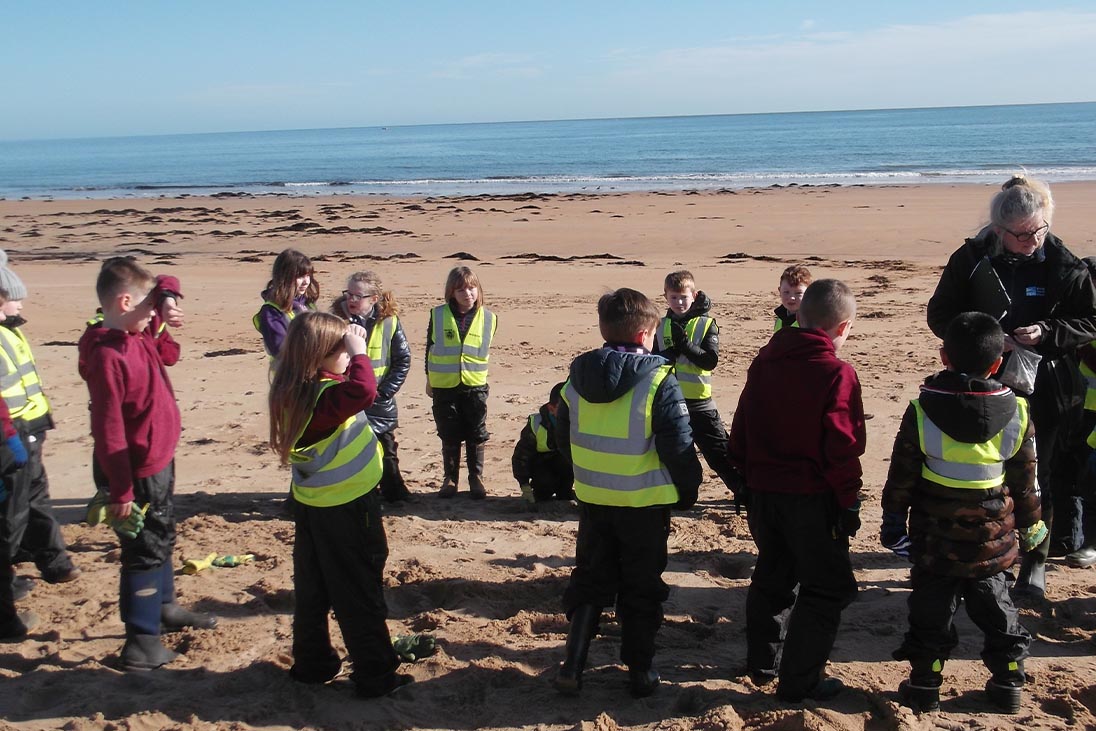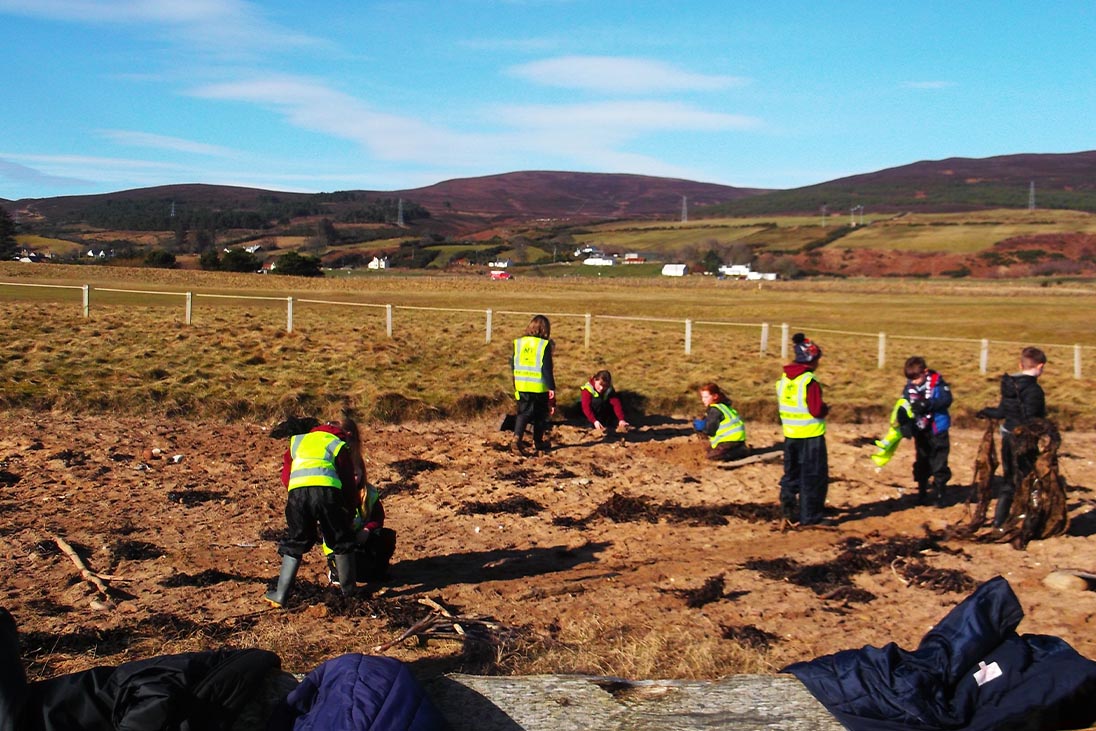Terns are seabirds which fly through the sky with effortless wingbeats and long-forked tails which make them a popular visitor to these shores.
Very shortly, they are due to return to these shores with the hope of nesting for a few months, before flying south for the winter.
Bird groups are hoping that the impact of the coronavirus, which has halted tourism in its tracks, may actually help the breeding season.


Terns are seabirds which fly through the sky with effortless wingbeats and long-forked tails which make them a popular visitor to these shores.
For the past three years, East Sutherland Rotary has been working with other groups to encourage the snow-white angels return to their traditional nesting sites along Kintradwell Bay on the east coast of Scotland.
The Rotary club has been working in partnership with the Royal Society for the Protection of Birds, as well with Brora Primary School and its Rotakids, Golspie High School’s Interact Club and Brora Golf Club.
They have received some financial backing from the East Sutherland Bird Group and Brora Community Council.
Initially, they raised over £2,000, and lent equipment and labour, to create a small experimental ground by the golf course covered with sand and shells, and surrounded by a mixture of wooden and wire fencing to encourage the birds.


For the past three years, East Sutherland Rotary has been working with other groups to encourage the snow-white angels return to their traditional nesting sites along Kintradwell Bay on the east coast of Scotland.
The RSPB went into the schools to educate children about migrating birds, particularly about Arctic Terns. The Brora children made many decoy Terns and designed posters.
Posters and warning notices were produced to keep dog walkers and others away from the nesting sites.
Terns traditionally start to arrive in Brora around May 30th, but these are usually early birds who are heading for Greenland, Orkney and Shetland. The main group tends to arrive around mid-June.
According to Rotarian Alistair Risk, in the first year, Arctic Terns returned in numbers, with around 200 nesting pairs setting up home on Brora beach and its surrounds


The RSPB went into the schools to educate children about migrating birds, particularly about Arctic Terns. The Brora children made many decoy Terns and designed posters.
“Admittedly they were not on the cleared patch we created,” said Alistair.
“But they were all around that area and the RSPB believe that the decoys had given an image of a safe nesting place for the passing terns which had encouraged them to settle here.
“Of course, having lots of terns on the dunes does not guarantee they will nest lay eggs and that the chicks will survive to fledge and fly south.
“But, after a summer of screeching terns attacking the golfers and despite feral ferrets, gulls, cats and dog walkers, over 50 chicks fledged survived that first summer to head south for the winter.”
Three years on and it is time to revisit the project to improve the site for habitation, and also maintain the education programme.


Volunteers have been replacing and extending the fencing, as well as increasing the range of warning signs.
Bea Ayling for the RSBP has been working with teacher Sandra Cameron, helping the younger children to learn more. Prior to lockdown, they were making decoy Terns and spending time on the dunes clearing the site.
Volunteers have been replacing and extending the fencing, as well as increasing the range of warning signs.
Rotarian Claudia Macgregor, along with teacher Hollie Hunter, have been doing similar work with the Rotakids.
“So well ahead of the Terns’ due date of arrival, everything is almost ready to offer them a romantic holiday stay thanks to hard work, rope fencing and much more,” added Alistair.
“Of course the coronavirus has hit and some work cannot be completed just yet, but the environmental bonus is that the caravan sites are closed with tourists advised to stay away.
“So there is every chance that this year’s terns will enjoy a quiet and less disturbed eight to ten weeks on a lovely beach in the far north of Scotland.
“And the hope is that we will see over 200 young terns fledge and fly south in late August, returning to help re-establish what was Scotland’s largest mainland nesting site 50 years ago.”










